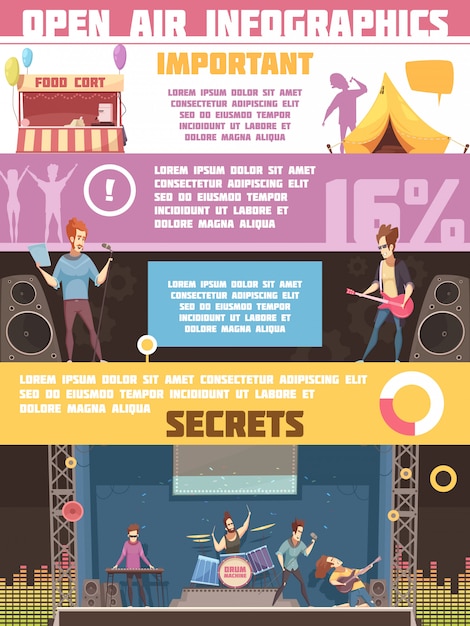Winter Proofing Your Wall Tent Essential Tips
The Function of Edge Angles in Framework SecurityEdge angles are very important components in building and construction and engineering projects. They use strength, durability, and adaptability. They are also very easy to set up and can withstand different environmental aspects.
Contractors make use of many kinds of angles to produce solid, stable frameworks. Several of these angles are for visual appeals, while others are utilized to boost accessibility and function.
Toughness
The toughness of steel angles is essential for making sure that frameworks are safe and can endure hefty lots. These components can be utilized for a range of tasks, from reinforcing beams and columns to producing structures for shelving and fencing. They are also optimal for developing assistance structures in industrial atmospheres.
Rounded inside edges are a vital part of contemporary design and layout, as they aid to distribute tension uniformly throughout the product. This can make a material stronger and less likely to split or fall short, particularly in materials such as glass, stone, and ceramic tile.
Spherical edges in rotomolded components additionally help to decrease tension focus, which can cause architectural weak points and poor quality. Because of this, Gregstrom Company suggests that developers make use of rounded edges when developing rotomolded components. These features will improve the overall high quality of the completed product and assistance to make sure that the shaped component is strong, long lasting, and resilient. This will certainly lower the demand for repairs or replacements over time.
Resilience
Curved inside corners are a vital element of contemporary engineering and style, and they can substantially boost the security of frameworks made from rock or glass. They likewise assist to uniformly distribute tensile and compressive forces, which decrease the possibility of breaking or breakage.
These angles are important to our daily lives, making it simpler for us to move around in our surroundings. For instance, wheelchair ramps, stairs, and doorways are designed with specific angles to make certain safety and security and access. On top of that, the appropriate angle is made use of in bridges and structures to make sure structural stability.
In geometry, an angle is the point where two rays meet. It is additionally called a vertex. The 4 edges of a square have an interior angle of 90 degrees. However, the term is often used tote bag to define any kind of kind of corner. For example, in picture structures, the leading and lower rails need 45 degree mitre cuts. This is because the board sizes are various.
Adaptability
While the best angle is the most common sort of angle, various other types can create unique, useful, and aesthetically attractive structures. Whether you're designing a modern-day coffee table or an industrial-style home, making use of different angles will aid you attain the preferred aesthetic.
You can make use of light weight aluminum angle to make custom-made brackets for securing and enhancing your jobs. These brackets are light-weight and solid, so they can endure heavy lots and anxieties. They likewise come in a selection of shapes and sizes, making them a versatile selection for a variety of jobs.
Many modern-day structures use bent inside edges to increase architectural stability and resilience. These bent edges distribute stress and anxiety throughout the structure to prevent weak points and fractures. This is an important factor to consider for contractors and contractors, specifically when dealing with hefty products like stone or floor tile. Producing a bent edge can also raise the life expectancy of the product and minimize maintenance prices. It is essential to choose the ideal angles for your project, and to make certain that they are correctly mounted to prevent any prospective issues.
Price
Curved inside edges are an important part of contemporary style and engineering, as they play a critical function in increasing framework stability and toughness. They also help in reducing stress circulation and minimize damage. In addition, they can enhance the visual charm of a framework.
The word "edge" typically, yet not always, describes a 90 level angle. In geometry, nevertheless, the term "angle" is in fact a point where 2 lines or sides meet (or assemble). These points are called vertex, and they can be straight or rounded.
Making use of a rounded mitre in an image frame, for instance, requires cautious estimation. The mitre angle is based on the size ratio of the board at each corner. If the boards are of equivalent width, then they will certainly each require a 45 level mitre. If the boards are bigger, then they will certainly each require a different angle. This circumstance is common in custom-made structures, where the top and lower rails are usually larger than the side rails.
